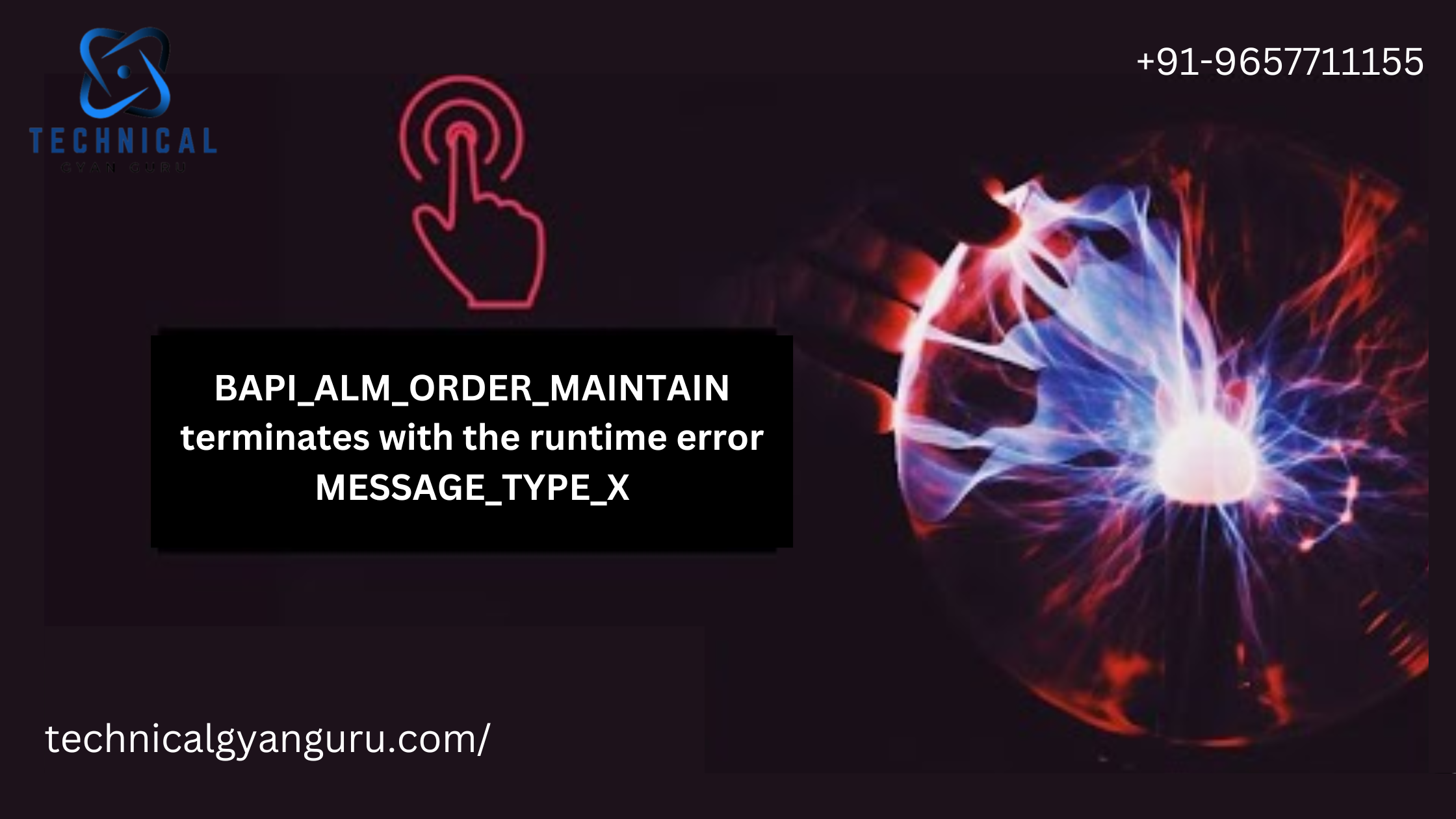
Introduction: GST in SAP HANA
GST in SAP HANA: In the ever-evolving landscape of taxation, the Goods and Services Tax (GST) has emerged as a transformative force, revolutionizing the way businesses handle their indirect tax obligations. SAP HANA, a leading in-memory database and application platform, provides organizations with a robust solution to navigate the complexities of GST compliance seamlessly. In this blog, we’ll explore the significance of GST in SAP HANA, how it simplifies tax processes, and its role in fostering efficient and compliant business operations.
Understanding GST in the Indian Context:
GST is a comprehensive indirect tax that replaced a complex array of state and central taxes in India. It aims to streamline the tax structure, reduce cascading effects, and create a unified market for goods and services. GST is categorized into Central GST (CGST), State GST (SGST), Integrated GST (IGST), and Union Territory GST (UTGST), each corresponding to different levels of government.
The Role of SAP HANA in GST Compliance:
SAP HANA, with its powerful in-memory computing capabilities, plays a crucial role in facilitating GST compliance for businesses. Here’s how SAP HANA simplifies the GST landscape:
- Real-time Data Processing:
- SAP HANA’s in-memory computing allows for real-time processing of large volumes of data. This is particularly beneficial for businesses dealing with numerous transactions and needing to generate accurate and up-to-date GST reports.
- Unified Data Repository:
- SAP HANA serves as a unified data repository, consolidating information from various business modules such as finance, sales, and procurement. This ensures that relevant GST data is easily accessible for reporting and compliance purposes.
- Efficient Data Analytics:
- Leveraging SAP HANA’s advanced analytics capabilities, businesses can gain valuable insights into their GST data. This includes trend analysis, anomaly detection, and predictive modeling, contributing to informed decision-making and strategic tax planning.
- Seamless Integration with SAP ERP:
- SAP HANA seamlessly integrates with SAP ERP systems, ensuring a smooth flow of data between different business functions. This integration streamlines the entire GST compliance process, from invoice generation to return filing.
- Automation of Compliance Processes:
- Automation is a key strength of SAP HANA. It enables businesses to automate routine GST compliance processes, reducing manual effort and minimizing the risk of errors. This includes automated tax determination, invoice reconciliation, and return filing.
Key Features of GST in SAP HANA:
- GST Compliant Invoice Management:
- SAP HANA facilitates the creation of GST-compliant invoices, ensuring that businesses adhere to the prescribed invoice format and content requirements.
- Automated Tax Determination:
- The platform automates tax determination based on predefined business rules and GST rates. This reduces the risk of manual errors and ensures accurate calculation of taxes.
- GST Return Filing:
- SAP HANA supports the generation and filing of GST returns, including GSTR-1, GSTR-2, and GSTR-3B. This streamlines the compliance process and helps businesses meet their statutory obligations.
- GST Reconciliation:
- Businesses can use SAP HANA to reconcile their GST data, ensuring that the input tax credit claimed matches the eligible tax paid on purchases. This reconciliation is vital for compliance and avoiding potential penalties.
Benefits of Using GST in SAP HANA:
- Enhanced Accuracy:
- Real-time processing and automation contribute to enhanced accuracy in GST compliance processes, reducing the likelihood of errors and discrepancies.
- Improved Efficiency:
- The seamless integration and automation provided by SAP HANA lead to improved operational efficiency, allowing businesses to focus on strategic initiatives rather than getting bogged down by manual compliance tasks.
- Informed Decision-Making:
- SAP HANA’s analytical capabilities empower businesses to extract meaningful insights from their GST data. This supports informed decision-making and strategic tax planning.
- Adaptability to Regulatory Changes:
- GST regulations are subject to change, and SAP HANA’s flexibility enables businesses to adapt quickly to new requirements and updates in the GST framework.
Conclusion:
SAP HANA’s integration of GST compliance features stands as a testament to its commitment to providing businesses with a comprehensive and efficient solution for managing their tax obligations. In an era where regulatory compliance is paramount, the combination of GST in SAP HANA ensures that businesses can navigate the complexities of GST with ease, accuracy, and agility. As tax regulations evolve, SAP HANA remains a valuable ally for businesses seeking to stay ahead of the curve and foster compliant and streamlined operations in the digital era.







